Why maintaining air pressure is the single most effective way to maximize tire return on investment, and how to do it right
June 23, 2012
Maintaining correct tire air pressure is the single most effective way to control truck tire wear and improve casing life and tire performance.
Too much air creates a handful of performance and handling issues but too little air pressure is far more common and expensive. An under-inflated tire flexes more as it rolls down the road, resulting in increased friction that raises the rubber's temperature.
"Heat is a tire's greatest enemy; it causes a tire's components to deteriorate and may even damage the steel cords," says Tim Miller, communications manager for Goodyear Commercial Tire. "Insufficient inflation also hurts fuel economy, since under-inflated tires force truck engines to work harder."
How much air do you need in tires? Most Class 8 trucks will require about 105 psi in each tire, but the ideal pressure varies with axle load, the number of tires per axle, typical cruising speed of your trucks and even weather.
Discover proper air pressure for your truck tires by plugging information about your axle loads and speeds into the Tire and Rim Association's load and inflation-pressure tables.
Tire-industry guidelines allow tires to carry heavier loads at slower speeds. Slowing down also offers a fuel-efficiency bonus.
Ambient temperature affects tire air pressure. Recommended inflation pressure drops one pound for every 10-degree increase in ambient temperature (See the Tire and Rim Association's load and inflation-pressure tables).
Perfect tires and rims lose air. As much as 2 psi worth of air molecules can work their way right through tire rubber. An effective tire management program includes checking all inflation pressures, including inside duals, and visually inspecting tires monthly or more often.
AI and connectivity, along with renewable energy and alternative fuels, will dramatically impact the construction jobsite in the next 10 years, according to a recent whitepaper published by the Association of Equipment Manufacturers.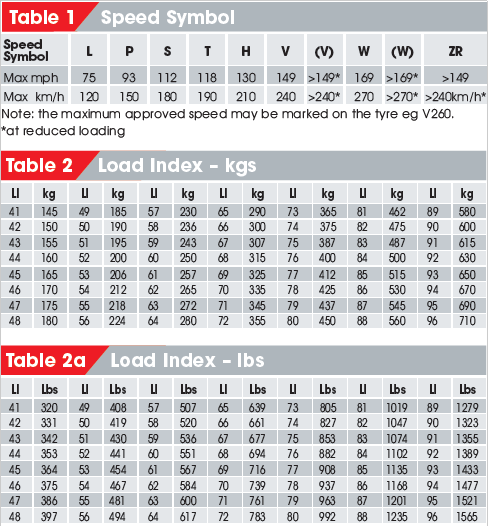
Construction industry leaders are reporting stable activity in November. Slow deliveries and pricing remain a challenge, while labor has improved. For the second month, concrete remains in short supply.
Available in 5 SKUs, the new wide-based rear fitment model is offered in 5 different bolt patterns to allow fitting for a wide variety of UTVs.
The EM 933 SUPER offers a rugged sidewall design with a protruding rib that enables close contact of two tires without the need for a special rubber ring to avoid rock penetration.
Designed to perform like pneumatic tires, the MICHELIN X TWEEL airless radial tire line replaces the current tire-and-wheel assembly, removes the need for complex mounting equipment and eliminates downtime due to flat tires.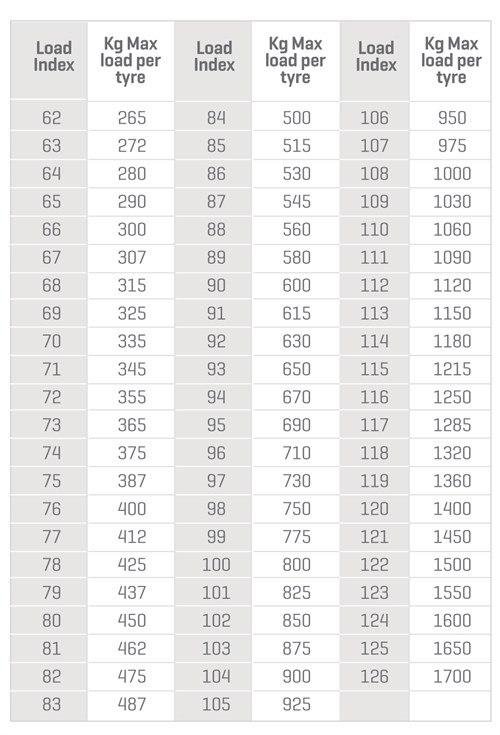
Designed for tractors, the RIDEMAX IT 697 M+S winter tire ensures gripping for outdoor operations on icy and snowy roads without the need of snow chains.
The JUMBO TRAX HD features a block pattern design, as well as cut and chip resistance for heavy-duty service.
These second generation tires have a new tread compound to increase mileage, chip and chunk resistance and protect the casing to allow for multiple retreads. Continental will be phasing out the first generation General Grabber OA and OA WB tires.
Fleet managers and operators need to protect wheel-ends in off-highway and severe-duty applications, where dust and dirt can accumulate quickly and damage components.
The Galaxy AT Grip Steel steel-belted radial is available in 260/70R16. 5, 300/70R16.5 and 360/70R17.5 sizes.
5, 300/70R16.5 and 360/70R17.5 sizes.
Specifically designed for heavy-duty construction, logging, oil and mining work vehicles, its tread compound helps resist cuts, chips and tears and provides durability.
Designed for machines and industrial work vehicles, the MULTIMAX MP 538 is currently available in size 405/70 R 20 MPT.
This OTR radial, specially designed for high-speed mobile cranes, comes in. This U.S. DOT approved radial features a universal tread pattern designed to improve traction and deliver a comfortable ride, while minimizing fuel consumption.
The Fuel Max RSA and the “Electric Drive Ready” Endurance RSA ULT are designed to meet fleets’ cost-savings and sustainability goals.
Maintaining correct tire inflation pressure is very important since it helps optimize tire performance and fuel economy while over-inflated tires are just as problematic as under-inflated ones.
In fact, driving with under-inflated tires is one of the biggest causes of tire failure, according to the National Highway Traffic Safety Administration.
Besides, under-inflated tires can cause many other problems such as wearing out more rapidly, handling poorly and reducing fuel efficiency.
In addition, over-inflated tires are more susceptible to damage from road irregularities, and this also creates a bumpier ride.
Overfilling your tires is just as dangerous as under-filling them, so it’s important you know what is recommended for your vehicle.
This article will give you everything that you need know about your recommended tire pressure. These include:
Buy Pressure Gauge at Amazon
Recommended tire pressure, where to find it?Since tire pressure is so important to your safety and your car’s overall performance, it is important to know which level of tire pressure is right for your vehicle.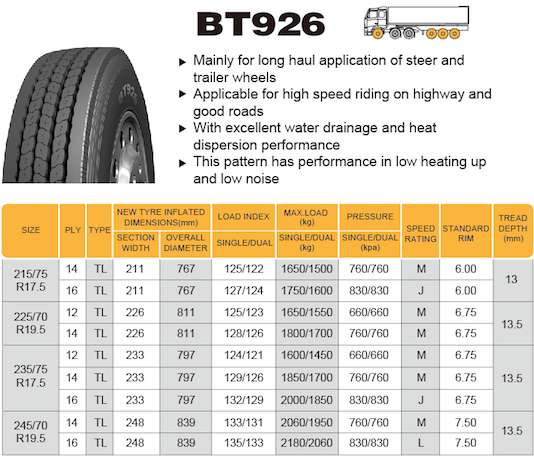
In fact, how much air pressure your tires need depends on several factors, including the type of vehicle, the type of tire and the intended use of the vehicle etc.
Air pressure in tires is measured in pounds per square inch or PSI. You can find your tire pressure both inside your car and on the sidewall of the tire.
How to find recommended tire pressure inside your carYou could find the manufacturer’s optimum or recommended tire pressure for your car on a sticker in the door jam, or in your owner’s manual. Some car models even place the stickers on the trunk lid, in the console or on the fuel door. For best results, look for a placard on the inside of the driver’s door, like the example in the photo below.
How to find maximum tire pressure on the sidewall of your tiresSomewhere on the sidewall of your tire, just below the big, bold letters of the manufacturer, for example, you might have noticed the words ‘Max. Press. 35 PSI.’ (pounds per square inch).
Press. 35 PSI.’ (pounds per square inch).
That number tells you the maximum cold pressure needed for your tire to carry its maximum load.
Most typical tires require about 32 to 35 pounds per square inch (PSI) of air, says Rod Tate, owner of highly rated Colony One Auto Center in Stafford, Texas.
Large trucks require much larger tires with PSIs of 50 to 60. Heavy-duty vehicles can go even higher. For example, tire in the picture below requires 41 pounds per square inch of air.
However, the tire’s maximum pressure is NOT necessarily the most suitable pressure for every vehicle upon which the tire can be used (almost all vehicle manufacturers’ recommended tire inflation pressures are less than the tires’ maximum pressure).
You really should follow the recommended pressure printed somewhere inside your car or in the manual rather than the maximum pressure. In the next section, I will explain why.
Buy Pressure Gauge at Amazon
Why is maximum tire pressure not the best?If you insist on inflating your tires to the max PSI, there will be more likely that two things below will happen
Since tires inflated to the max cannot give as much on the sidewall, you might see superior cornering, but it could be at the risk of your braking threshold. One quick corner and your back end could slide out.
One quick corner and your back end could slide out.
When your tires are inflated too much, the rubber rounds out at the top of the tire when you are driving, and the center will quickly wear out. You will also reduce your traction and you could even cause a blowout.
Therefore, maximum pressure is not the best, rather, recommended pressure is. I need to repeat here that the pressure listed on the sidewall is a maximum pressure only, but not a recommended pressure. Instead, you should use the air pressure recommended in the vehicle’s owner’s manual or tire information placard label.
How to check your tires pressure?Therefore, maximum pressure is not the best, rather, recommended pressure is. I need to repeat here that the pressure listed on the sidewall is a maximum pressure only, but not a recommended pressure.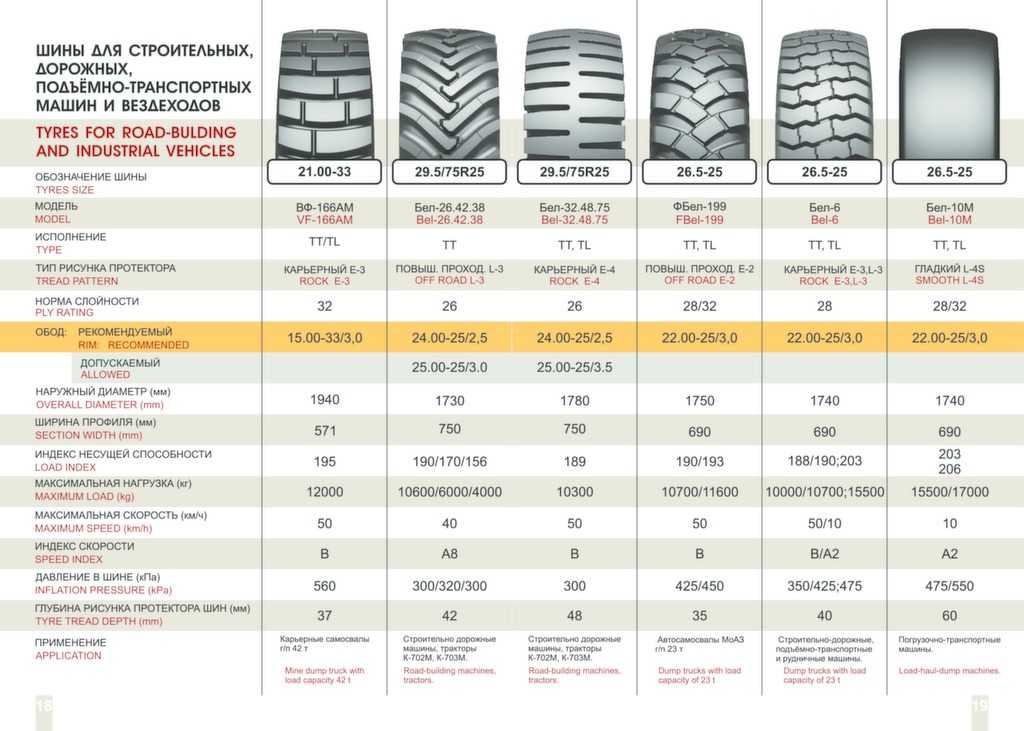 Instead, you should use the air pressure recommended in the vehicle’s owner’s manual or tire information placard label.
Instead, you should use the air pressure recommended in the vehicle’s owner’s manual or tire information placard label.
After knowing the most appropriate pressure for your car tires, you should check whether your tires have such pressure. In addition, checking the pressure of your tires regularly is one of the most important – and most often overlooked – regular maintenance that you should do to ensure your safety and quality of your driving. Monitoring the amount of air in your tires will let you know if you have a small leak and can help you avoid an unexpected flat tire.
Frequently checking your PSI becomes even more important in the fall and winter, when outside temperatures drop and weather conditions fluctuate causing your tires to lose air more quickly. Generally speaking, your tire will gain or lose one PSI for every 10-degree change in temperature, which means if you have a sudden drop of 30 degrees, you could lose three PSI overnight. If your tires were already low, this could cause tire damage, steering problems or even a flat tire.
Some experts recommend that you should check the air pressure every time you refuel; others say once a month is sufficient.
How to check tire pressure properly? Checking tire pressure is easy. You can do it right at home or at the gas station. Just be sure you check the pressure when your tires are cold, or have not been driven in several hours. This will give you the most accurate reading.
The most important piece of equipment you need is an accurate tire pressure gauge. You can find battery-operated digital gauges, or more traditional stick-type gauge found at most gas stations. A good gauge should not set you back more than $15 – a worthwhile investment for a longer life for your tires.
Buy Pressure Gauge at Amazon
Make sure you have your manufacturer’s PSI handy when you are checking your tire pressure, and then follow these steps:

By checking tire pressure once a month, you will get a good idea how they are performing. If your tires are fairly new and continue to leak air, you should consult your dealer or mechanic. You may have a faulty valve or other damage that is difficult to detect which could unfortunately result in the need to replace the tires completely. But with proactive maintenance, you could catch an issue before it becomes a problem, and just end up needing a small repair.
But with proactive maintenance, you could catch an issue before it becomes a problem, and just end up needing a small repair.
Often, it is hard to spot an under-inflated tire until it is too late – in other words, it is completely flat. Of course, you could carry a gauge around at all times to measure the pressure, but that is not exactly convenient. Instead, watch for these signs and symptoms of tires that are under-inflated.
When your tires are under-inflated, your ride can be less smooth than usual. You may even find that it takes longer to brake.
When a tire is not inflated properly, it wears down more quickly. If you notice that one or all of your tires are wearing out faster than usual, it may be because they are under-inflated.
Tires that are under-inflated can make your vehicle quiver and shake, which is not a pleasant driving experience. Under-inflation can even cause tires to become misaligned, with comes with it is own variety of problems.
These are all things that you need to know about recommended pressures of your car tires. After reading this article, you will never confuse about the right pressure of your tires and will know how to check it.
Please share your ideas with me if you have other tips for this.
You may ask how many psi for my carbon road wheels ? What is the appropriate tire pressure? The article contains information to help you get the recommended tire pressure.
Another thing is when you get the recommended tire pressure between clincher wheel tires and clincher wheel tires .
Standard tubed clincher tires. nine0004
The maximum pressure to use our tube mounted clincher wheels is 120 psi, however we believe the best performance is achieved below 110 psi for all riders. The recommended pressure for clincher tires is slightly higher than for tubeless tires to prevent pinching.
The recommended pressure for clincher tires is slightly higher than for tubeless tires to prevent pinching.
Tubeless
The maximum pressure to use our wheels with tubeless tires is 100 psi, however we believe the best performance is achieved below 100 psi for all riders. The recommended pressure is lower than the clincher to achieve the lowest rolling resistance, and it is clear that pressure flats are not a problem. nine0005
The table below shows our recommended tire pressures.
| STANDARD CLINCHER TIRE WITH INNER TUBE | TUBELESS TIRES | |
|---|---|---|
| ≤ 65 KG PIECE | 23 mm - 95/100 psi Inch 25 mm - 90/95 psi Inch 28 mm - 85/90 psi Inch | 23 mm - 90/95 psi Inch 25 mm - 85/90 psi Inch 28 mm - 80/85 psi Inch | nine0033
| 65 - 75 KG JACKER | 23 mm - 100/105 psi Inch 25 mm - 95/100 psi Inch 28 mm - 90/95 psi Inch | 23 mm - 90/95 psi Inch 25 mm - 85/90 psi Inch 28 mm - 85/90 psi Inch |
| 75 - 85 KG HEAD | 23 mm - 101/106 psi Inch 25 mm - 96/101 psi Inch 28 mm - 91/96 psi Inch | 23 mm - 95/98 psi Inch 25 mm - 90/95 psi Inch 28 mm - 85/90 psi Inch |
| 85 - 95 KG HEAD | 23 mm - 104/109 psi Inch 25 mm - 99/104 psi Inch 28 mm - 94/100 psi Inch | 23 mm - 95/99 psi Inch 25 mm - 90/95 psi Inch 28 mm - 88/95 psi Inch |
IMPORTANT INFORMATION - Please check and never exceed the maximum recommended tire pressure on the side of the tire.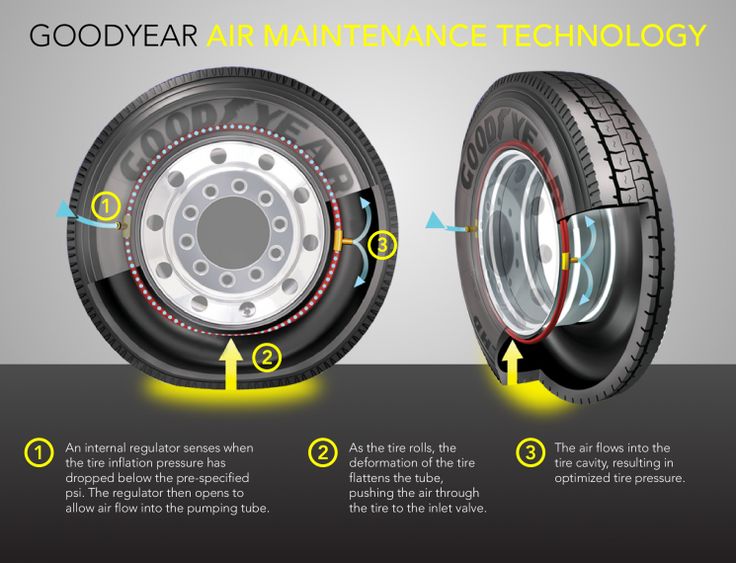 nine0005
nine0005
If you already know your weight and tire size, you can get the recommended tire pressure. See the tire pressure chart to see how many psi( psi ) for your tire below.
A unit of measurement0109 Ever since John Dunlop patented his experimental "pneumatic tire" in 1888, cyclists have been lining up to buy his miraculous invention. The tires were first glued on and then mounted on the rim. It took several years for the automotive industry to accept Dunlop's invention, by which time rubber tires had been extensively researched on bicycles. Larger wheels rolled better than small ones, and thicker tires provided better traction than thinner ones. The fat tires resisted the inevitable evil of punctures, but pedaling wasn't easy. All these contradictions had to be solved by tire companies. nine0005 In the end, a number of compromises were found. Racers used thin tires with smooth tread and flexible sidewalls, inflated to high pressure, expressed in pounds per square inch (psi). Manufacturers have printed an extremely wide range of minimum and maximum tire pressures on the tire sidewalls - information that was useless to the individual cyclist, but now the old myths have been debunked over the past fifteen years as the MTB industry has closely examined the pressure the individual cyclist requires for the desired combination of stability on road, speed and comfort. nine0005 The first legend to be destroyed was that thin, high-pressure tires meant speed. Scientific experiments have shown that a rider weighing, say, 155 pounds using 28mm tires at 60 psi will completely outperform his old-fashioned opponent from the 1980s who lost at 120 psi in 20 mm hard surfaces. Tire with lower pressure and larger cross section for superior comfort, road holding, speed and puncture resistance. But what is a hobbyist to do if he or she wants to find the optimum pressure for a particular tire? There are many easy-to-use applications for calculating tire pressure on the Internet. Enter your exact weight, the diameter of the tire you are using, then press CALCULATION . You can calculate your bicycle tire pressure here. A petite lady weighing about 110 pounds will be told to use fatbike tires at just under 20 psi. And the 200-pound bruiser will get a 130-psi recommendation for its 23mm road tires. Please note that these numbers require fine tuning. Use this approximate psi value as a starting point and experiment using more or less 5 psi until the process produces the desired pressure. For the correct selection and installation of a disc on a passenger car, it is not enough to know only its size. Failure to comply with all parameters will lead to running problems, as well as reduce the handling and braking performance of the car. This article will help you deal with the marking of the model of interest without leaving the store counter. Rim width - the distance from one side of the disc to the other. It should always be less than the width of the tire profile by 25-30%. This is a parameter that determines the total rim size in inches and is directly related to the diameter of the tire being fitted. This is the distance from the vertical plane of the disc to the hub where the wheel is mounted. The reach is measured in millimeters and is indicated by the ET marking, where Einpresstiefe - planting depth. Referred to as PCD and contains information about the number of holes for mounting bolts, as well as the size of the circle on which they are located, in inches. Bore size that secures the wheel to the hub. It is measured in millimeters and ranges from 50-70 mm. The diameter of the center hole (DIA) must be equal to the diameter of the hub. nine0005 Each of the presented parameters is displayed as a label on the outer surface of the disc. Full marking usually looks like this: 7.5 J x 16 H2 5 × 88 ET45 d52.8 and reads as follows: 7.5 or B 7.5 - wheel rim width, measured in inches . To convert the size to centimeters, multiply the number by 2.54 . For example, 7.5 X 2.54 = 19.05 see J - this letter encodes data on the technical parameters of the rim flanges. For example, the angles of inclination and the radius of curvature. This information is of little value to the average driver. X16 - rim size in inches. h3 - this marking indicates the presence of protrusions on the rim of the disc that prevent tubeless tires from slipping. Such sides are called humps, the letter H is an abbreviation of the English word Hump. Humps are of two types: single and double . There are other, less common types of Humps: FH or Flat Hump - Flat type of protrusion 5×88 - drilling or bolt pattern The numbers indicate the number of mounting holes for the bolts (5 pieces) and the diameter of the circle of their location in millimeters (88 mm). This parameter is abbreviated PCD (Pitch Circle Diameter), but the letters themselves are not indicated in the marking. ET45 - this data encodes the disc offset value. Departure is zero, negative or positive . d or DIA - the diameter of the central hole for the hub. 52.8 - the size of the central hole in millimeters. The back of the disc contains additional information: country of manufacture, model release date and other useful data. nine0096 MaxLoad . Measured in pounds and indicates the maximum load the drive can support. MAX PSI 45 . Indicates the recommended air pressure for the tires that the rim will be fitted with. In a particular case, it should not exceed 45 pounds per square inch. FORGET . Specifies the type of wheel, the inscription FORGET means that the wheel is forged. BEADLOCK . The inscription indicates the tire fixing function. Due to the prohibition of this technology, such discs are rarely found on sale. SAE. ISO. TUV . The presence of these abbreviations on the disc indicates that the model complies with European quality standards. This is an analogue of GOST, which is equipped with domestic stamped discs. 1119 . The figures contain the date of manufacture of the model. The first two are the number of weeks since the beginning of the year, and the remaining two indicate the year of production. For example, the number 1119indicates that the disc was manufactured on March 15, 2019. GERMANY . Sometimes the manufacturer simply indicates the name of the country, in some cases the company logo is engraved on the surface. Reading the markings is not difficult. The memo will help you easily understand the variety of models and their technical parameters. It will make it easier to determine compatibility with your vehicle and the tires you are installing. Butcher Boy needed fat tires for puncture protection at lower pressures and long life when carrying heavy loads. The postman's bike was somewhere in between the two extremes. And a number of myths have arisen based on tire pressure.
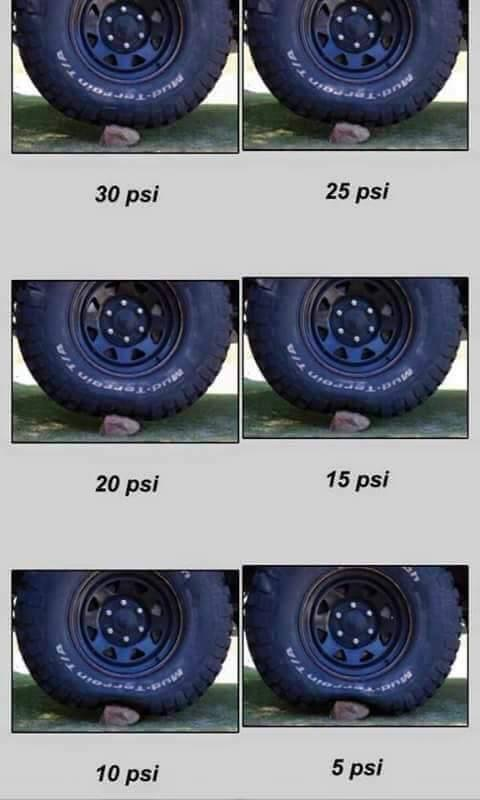 These days, professional road builders ride tires, sometimes even 30mm wide, that are suitable for the surface they will be racing on. And they do so under pressure determined by their own weight—or the weight of the bike and rider combined.
These days, professional road builders ride tires, sometimes even 30mm wide, that are suitable for the surface they will be racing on. And they do so under pressure determined by their own weight—or the weight of the bike and rider combined. 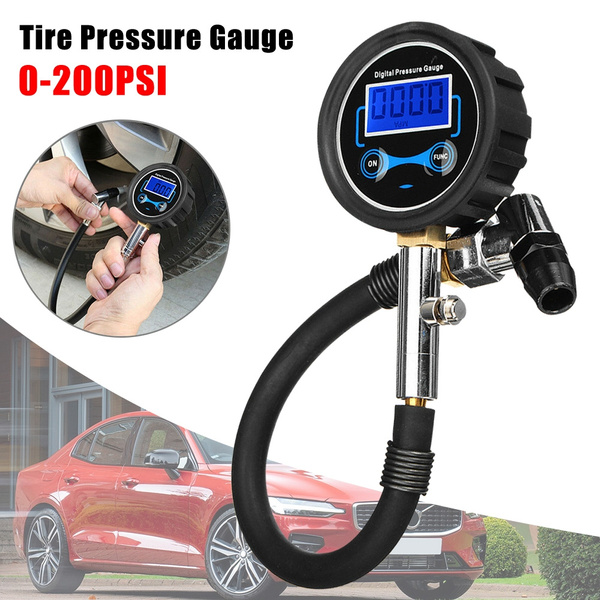 This fine-tuning process will need to be increased another 1.5 psi from the bottom end if you are using tubeless. And hookless tubeless tires are worth a try at pressures up to 5 psi less than what applications expect. nine0005
This fine-tuning process will need to be increased another 1.5 psi from the bottom end if you are using tubeless. And hookless tubeless tires are worth a try at pressures up to 5 psi less than what applications expect. nine0005 How to determine the parameters of a disc by its marking
Wheel disk parameters0005
Rim width
Rim Diameter
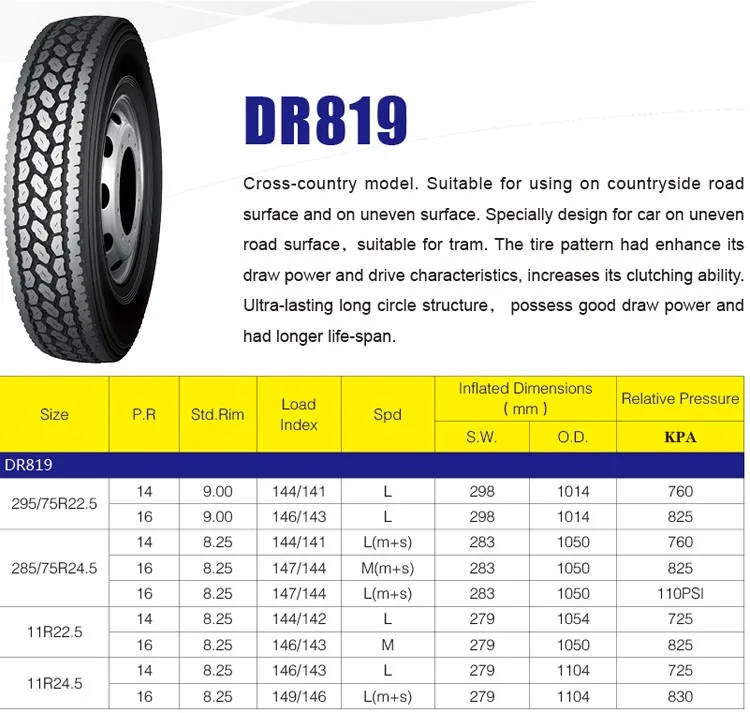 There is a range in size from 10 to 24 inches .
There is a range in size from 10 to 24 inches .
Disc offset
Number of mounting holes and their diameter
Center hole diameter
Disc labeling and decoding
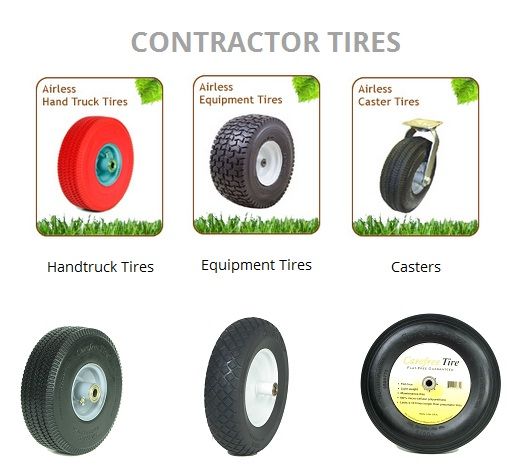 It is a series of numerical and alphabetic values that provide detailed information on each indicator.
It is a series of numerical and alphabetic values that provide detailed information on each indicator. In the example h3 , the double type is specified. They are often equipped with alloy wheels.
or ASYMMETRIC HUMP - asymmetric type 9000 CH 9000 or 9000 9000 9000 Combi Hump Combi hump combining the two previous types
SL - no protrusions on the disc
For example, the ET45 offset is positive.
Additional disc markings
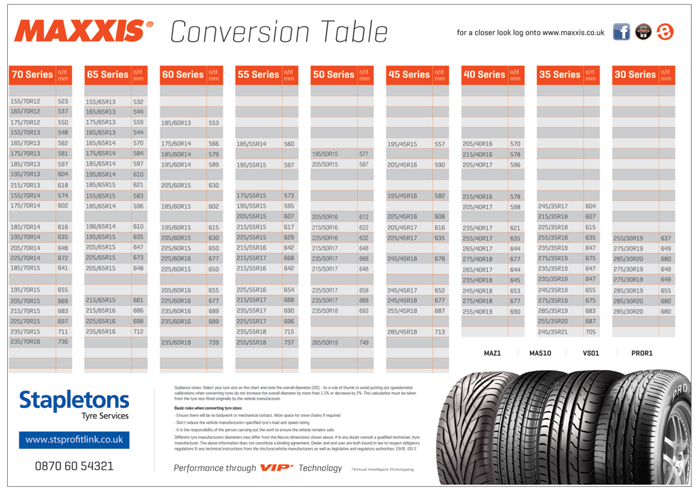
Remember
